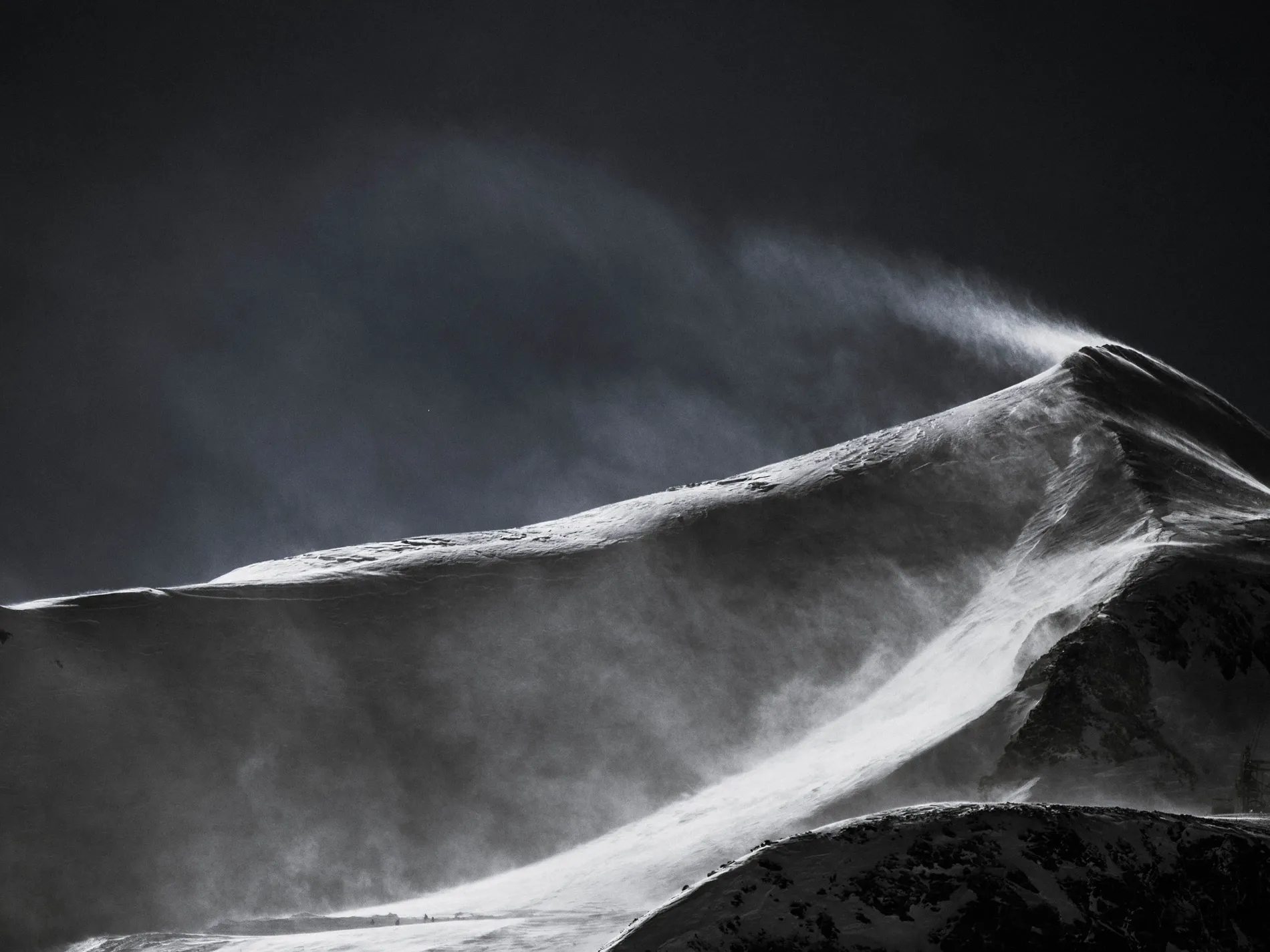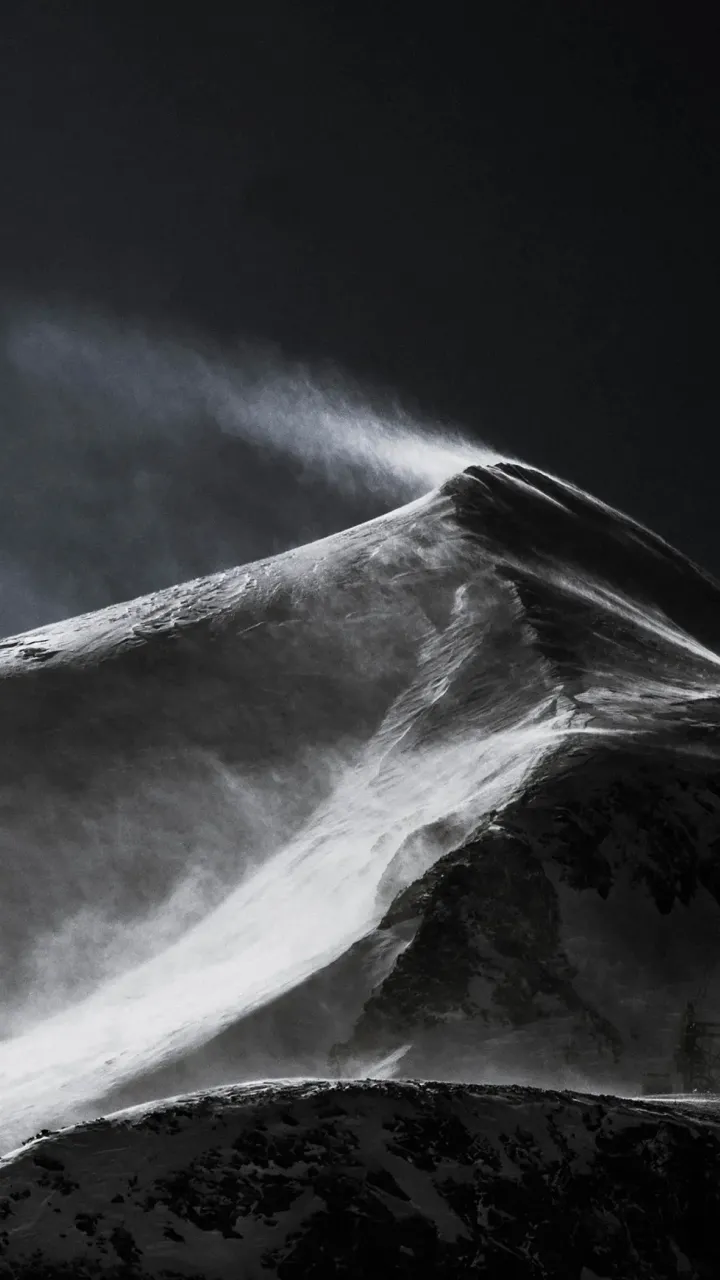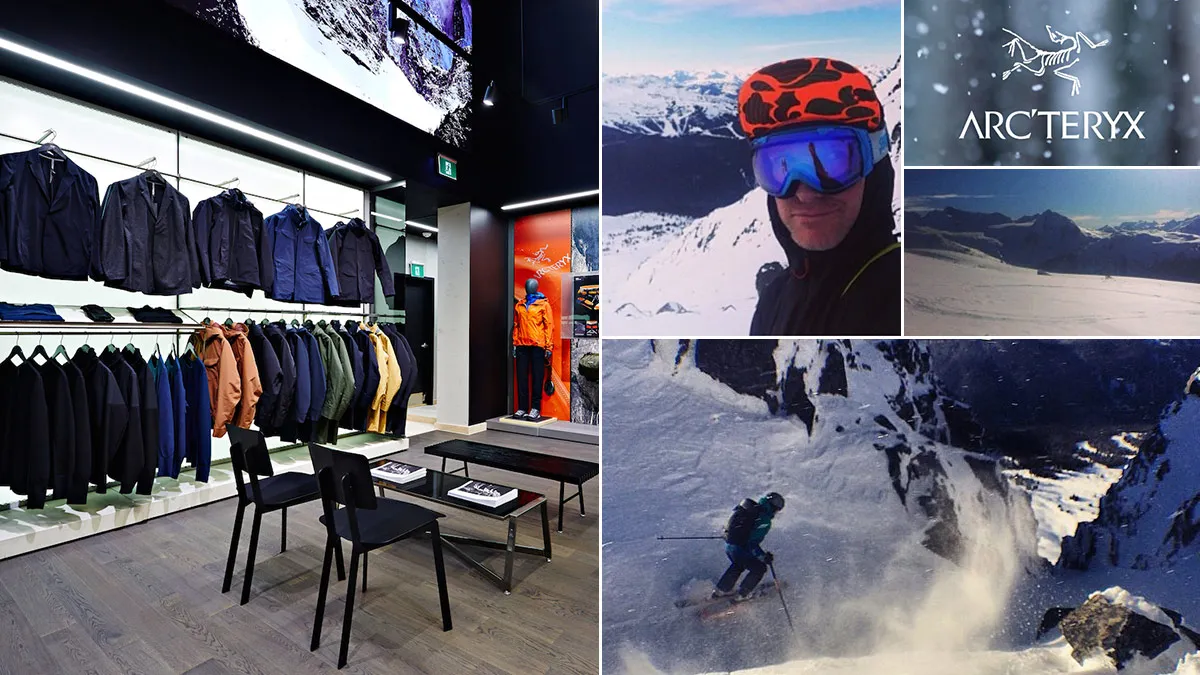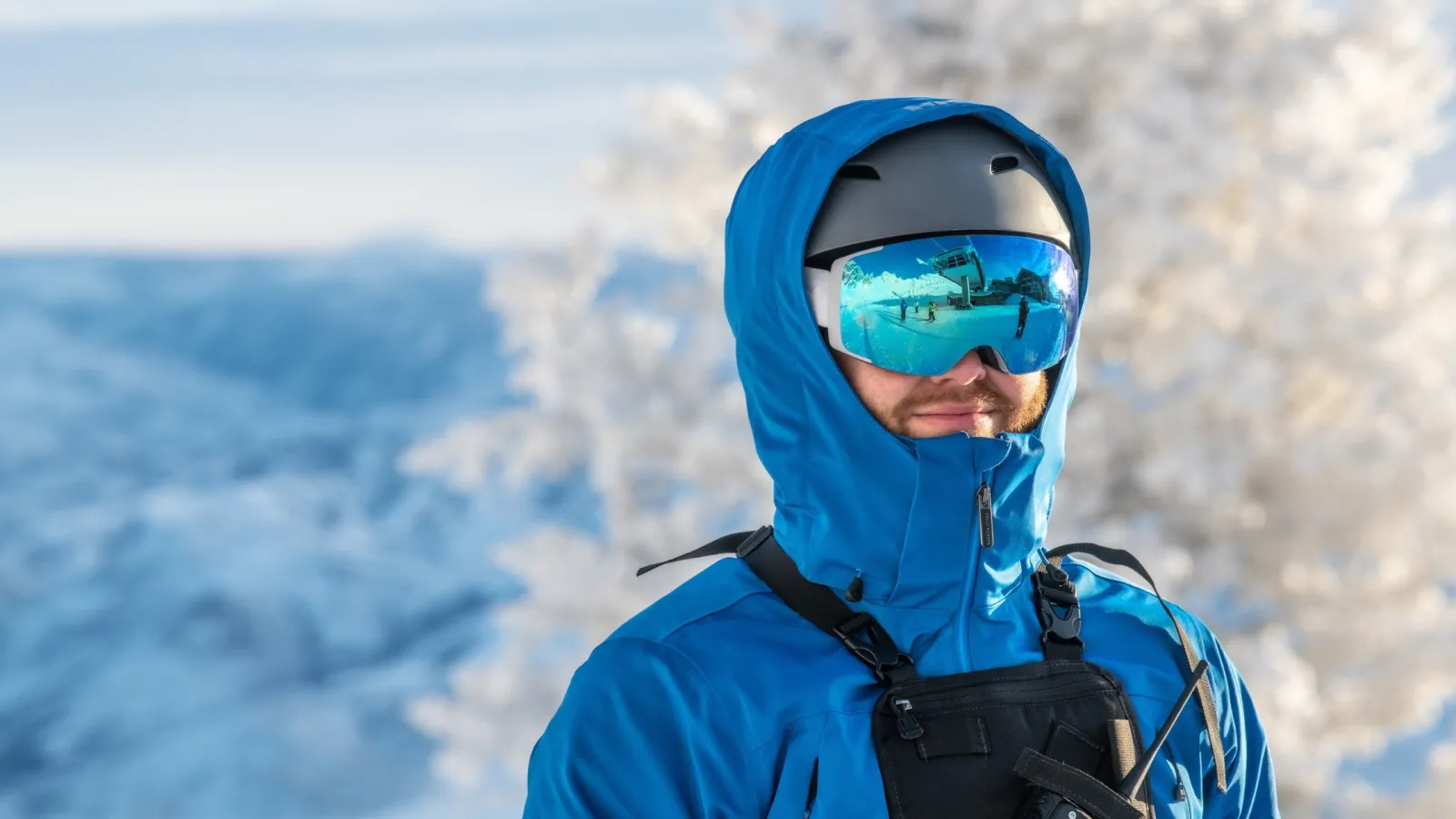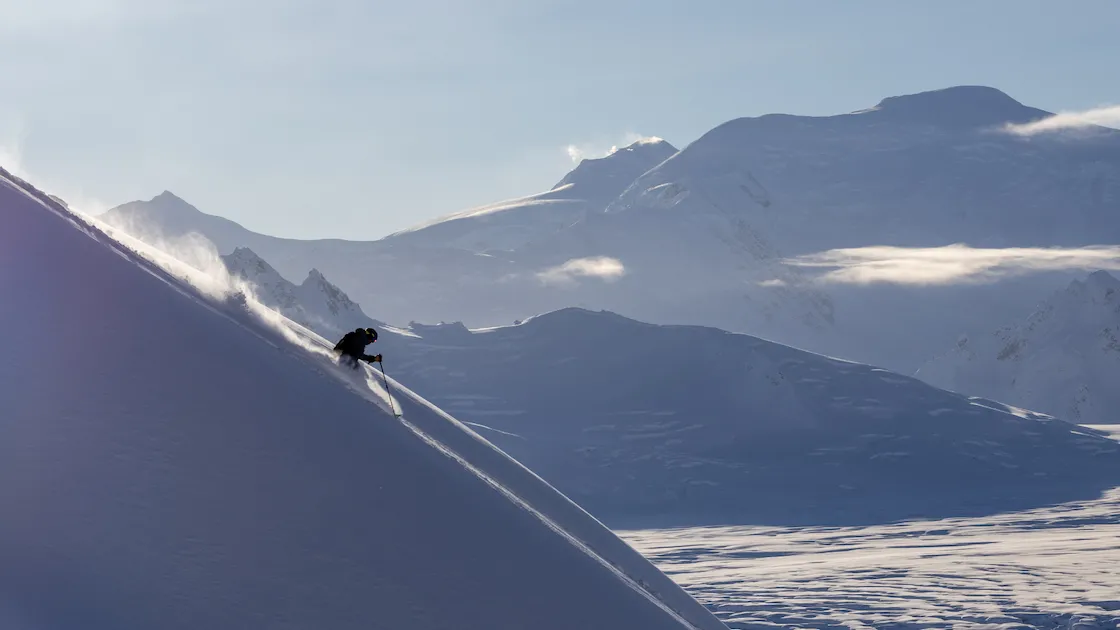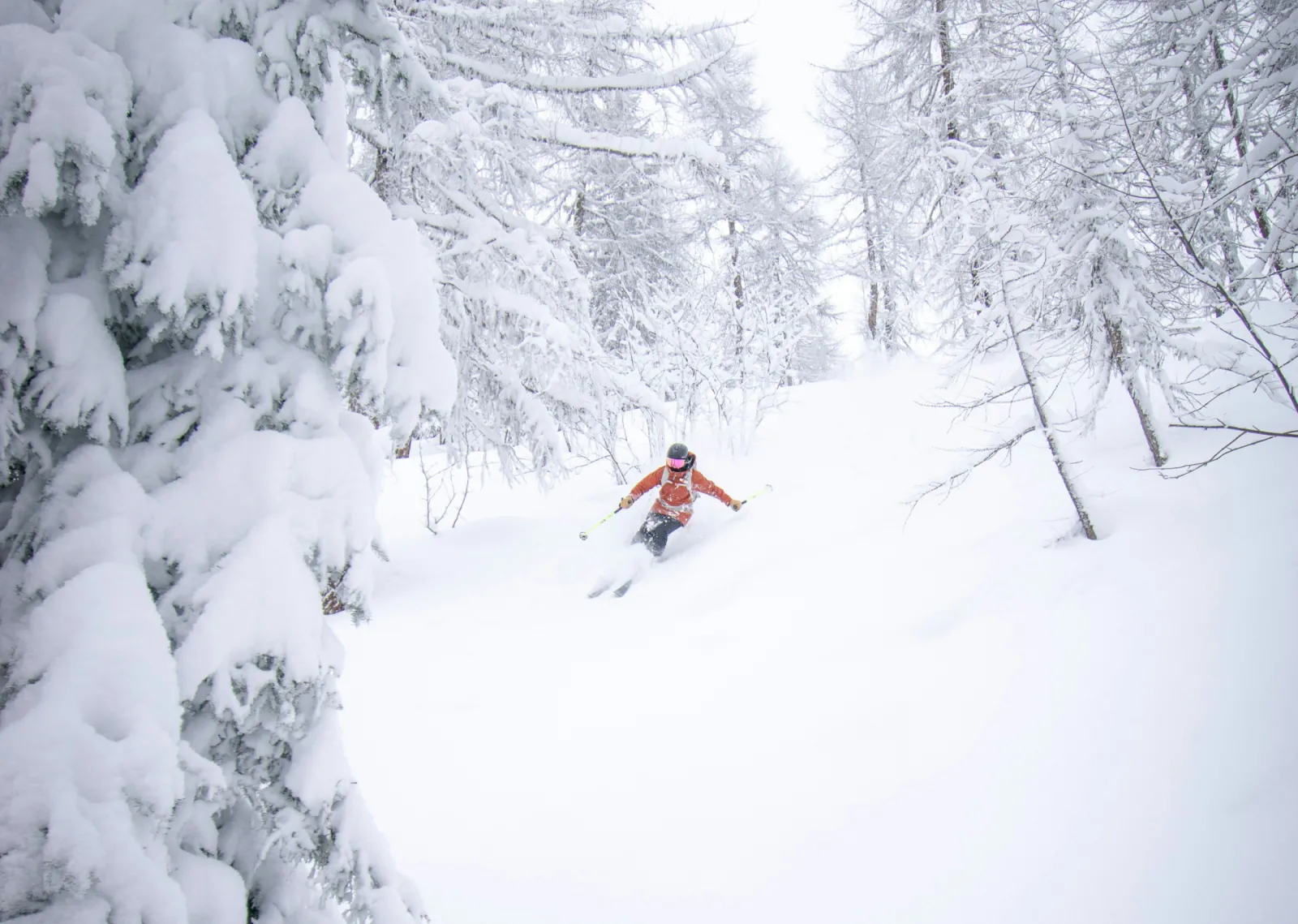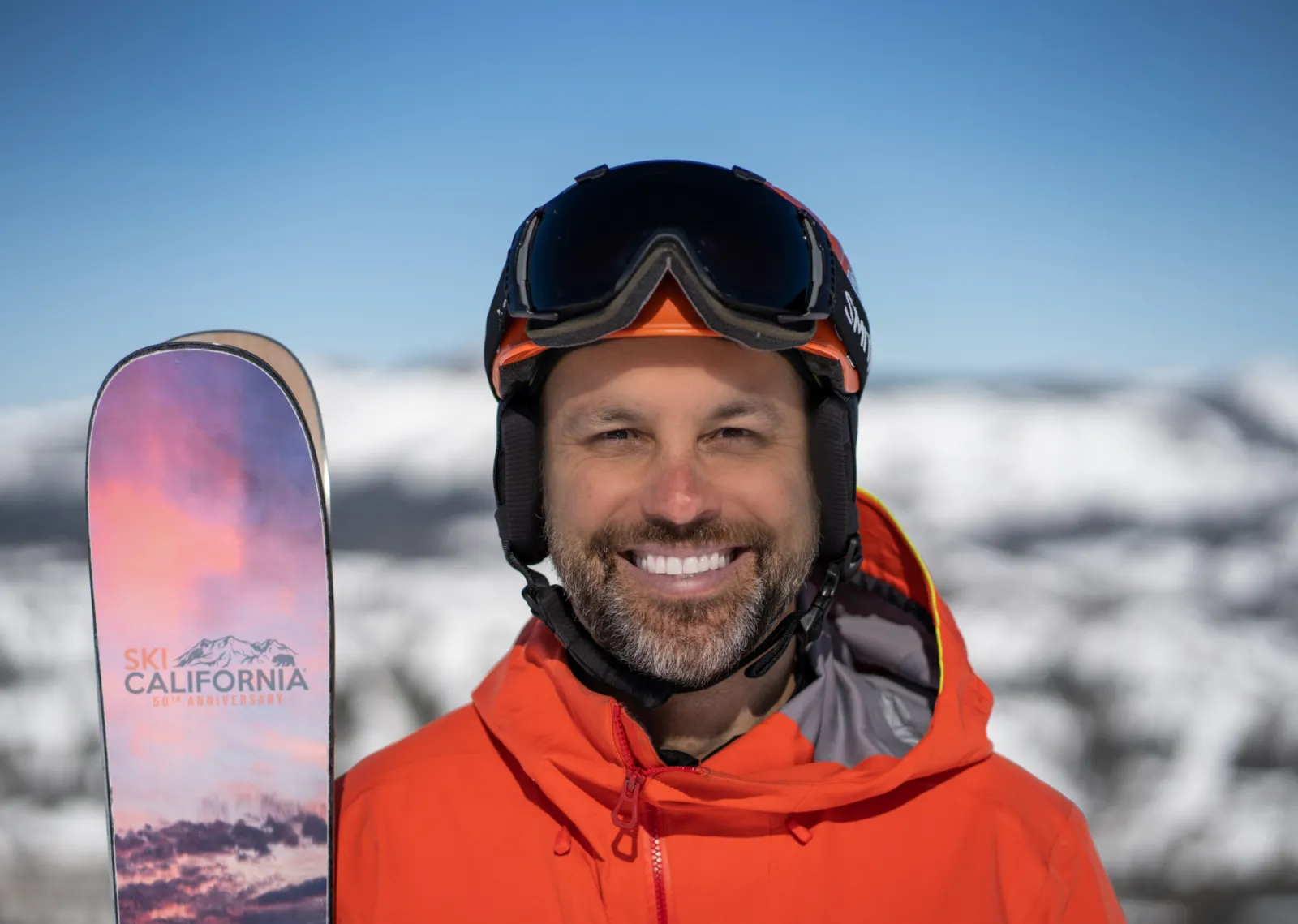The state of outdoor retail and a look to the future, part 1
This is the first in a series of interviews with outdoor industry leaders, in talking about retail and their vision for the future. We start off with Adam Ketcheson, VP Marketing and B2C at Arc’teryx on his thoughts
Omni Channel Challenges
Origin: I was at a retail conference in NYC last week and the CEO From Staples talked about how they had to completely reinvent the way the company incentivized their managers and how they looked at revenue sources. Their store agents were reluctant to send people online because they saw this as competition. They had quotas to meet and were just focused on that one channel. Lots of us talk about omni-channel but it's much harder in reality. What can you tell us about how this works at Arc’teryx?
Adam: On-line and Off-line consumer experience is really woven together, especially for brands like ours with high consideration rates that lead to consumers spending a lot of time researching before they buy. That consumer process has touch points both on-line and off-line so you have to look at the business holistically. Once you’ve got your organization looking at the experiences together then you can make the right choices around your systems, staff engagement processes, cross channel campaigns etc. Rallying our teams around the channels we control like our own retail and ecomm is pretty straightforward. The harder one, (but really important) is finding a way to extend an omni channel experience through our key retailers around the world. There are some new interesting ways to connect consumers to local inventory availability at specialty but I think we can really push that to a place where we’re fulfilling from specialty retailers, drop shipping straight to consumers, show rooming etc. We will always have a really limited retail footprint and our wholesale distribution is tight so we need to think beyond just the distribution we control. Some consumers will only buy from brands, some will only buy at wholesale, some will only buy on-line and some only in-store. Most however will buy in all of those places so we need to be connected to wherever they want to shop.
Direct to Consumer (DTC) Channels
Origin: Online is expected to result in 11% of all US retail sales by 2018 up from 8% in 2013 (according to Forrester Research) with similar trends in Canada. Physical retailers got only half the holiday traffic in 2013 that they did just three years earlier. How do you see the role of e-com for your brands?
Adam: DTC is growing fast, but it’s still a relatively small part of our business. Although small it’s really important part of our brand strategy. DTC gives us the ability to invest in consumer experience on-line and off-line. It gives us a chance to showcase our brand storytelling in our own voice. Consumers want the ability to interact directly with brands, running our own consumer direct channels forces us to become better merchants and a consumer centric brand. The Arc’teryx brand positioning has been earned the hard way over the last 25 years through innovation breakthroughs, the right distribution and key global partners. In order to protect and grow that brand positioning, we leverage DTC rather than shifting the brand down market and giving up our unique positioning in the marketplace.
Experiential Retailing is a Big Trend
Origin: More and more stores are multi-function and social gathering spaces vs. commerce-driven. How do you describe the existing consumer experiences at the Arc’teryx Stores? Can you share any plans for future retail experiences?
Adam: I think the most important thing is actually having meaningful connections in the local active communities where you retail. Lulu has built a business around deep and relevant community interaction. That’s more important than having the ability to socialize in the shop. I do like hanging out at Rapha stores drinking coffee and watching races but Rapha is anchored by a real community first and foremost. With the small size of our retail footprints, I don’t see us creating a hang-out experience in-store. Our focus is going to be on the community piece of the equation and making sure our stores become catalysts within the market and drive deep brand connections with consumers.
Origin: Hyper-local is another important part of the retail experience consumers are craving Are you finding ways of bringing local to the stores? How?
Adam: For me this comes back to community and building real equity at a local level. You can’t just be there to sell stuff, we’re not The Gap.
Content Marketing
Origin: We were at Outdoor Retailer talking about content marketing and how brands can know if their content marketing is truly working. How integrated is your content team with your retail channels? Do you see opportunities for more of that content to be shared and experienced?
Adam: Our retail team is embedded inside our marketing team. We make sure that they have shared goals and work off a shared consumer content calendar led by the brand team. The filter for content in-store is it has to be relevant to the consumer in a shopping environment. Consumers are really good at tuning out noise if it's not relevant to them in the moment. If it doesn’t add to the retail experience then don’t do it. This is especially important for a brand like ours that is build around simplicity and product authenticity.
Online
Origin: Online is expected to result in 11% of all US retail sales by 2018 up from 8% in 2013 (according to Forrester Research) with similar trends in Canada. Physical retailers got only half the holiday traffic in 2013 that they did just three years earlier. How do you see the role of e-com for your brands?
Adam: Digital is a huge part of the consumer path to purchase and ecomm is a must for most brands including us. Our goal is to give consumers the best possible experience on-line with a key focus on service and product research. Our on-line spend enhancing our digital brand experience has a strong ROI for our ecomm businesses but it has an even bigger impact on our offline wholesale business. There is a very strong link between on-line spend driving off-line purchase, and for us that converts mostly with our wholesale partners. A win is the consumer finds what they need, makes the right choice and is stoked on the product performance, regardless of where they bought it.
Origin: With the rise of Über Rush and things like Sport Chek's virtual store in Toronto experimenting with faster delivery times to supply customers with same-day rush delivery, do you see your customers demanding this kind of immediate gratification?
Adam: I think we’ll start to see an expectation around same day delivery in the US major cities, especially in those last few days before Christmas Vacation! We’re a high consideration brand so very few people buy an Arc’teryx product at the last minute. Most Arc’teryx purchases come after consumers have spend a lot of time thinking about what they need before they pull out a wallet and throw down.
FGL Sports LTD. and Their Growth Plans
Origin: In Canada, lots of attention has been given to the new Sport Chek model and the notion of bringing the best of online instore to entice shoppers out of their homes and back into the mall. Sport Chek is planning to grow to 300 stores from its current 190 over the next few years
- What are your thoughts on their retail model?
Adam: I think it’s smart that they are testing and trying to innovate in the space. It will be really interesting to see what they learn and how they incorporate the learnings into the next-gen formats. We’re more focussed on the Atmosphere Banner than Sport Chek based on our brand positioning. We sell very little in the sporting goods channels around the world.
